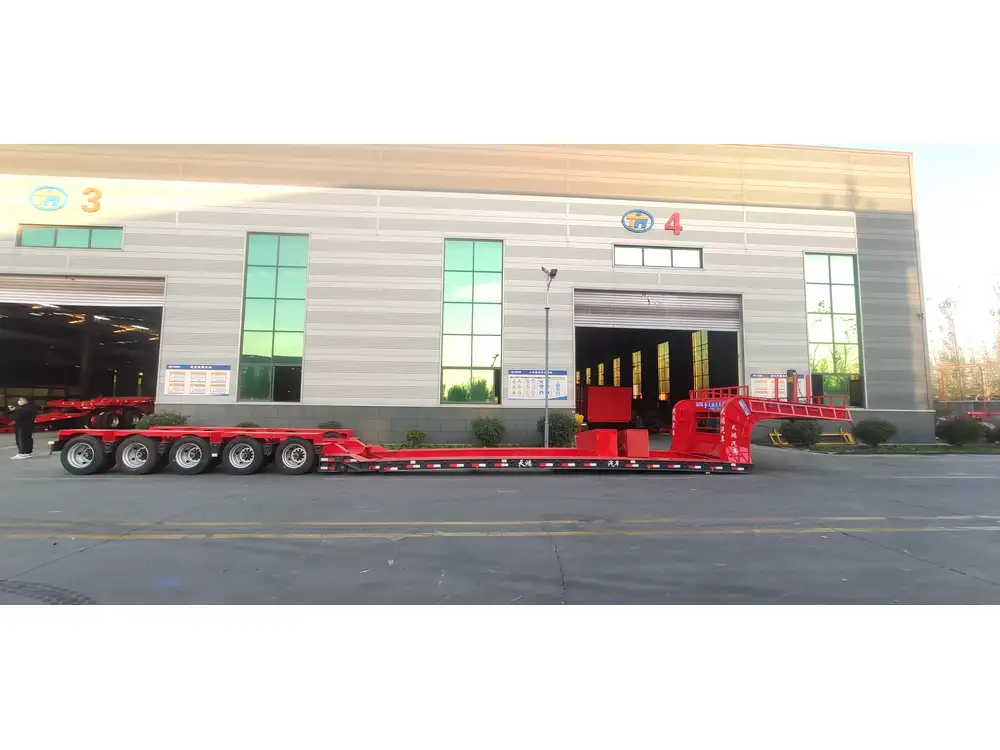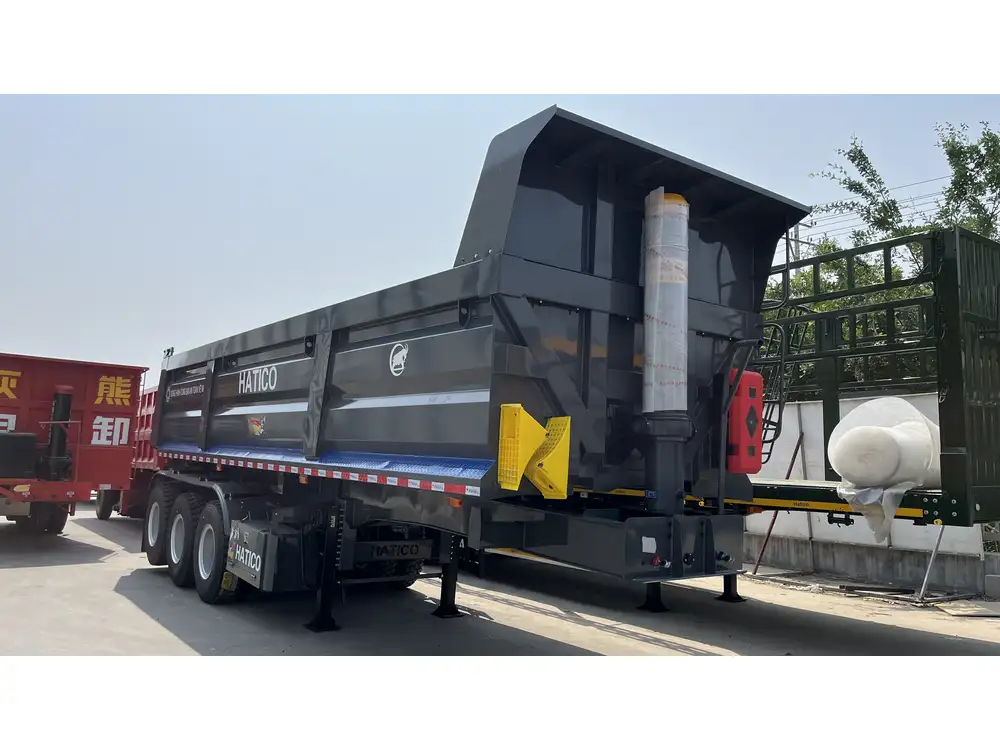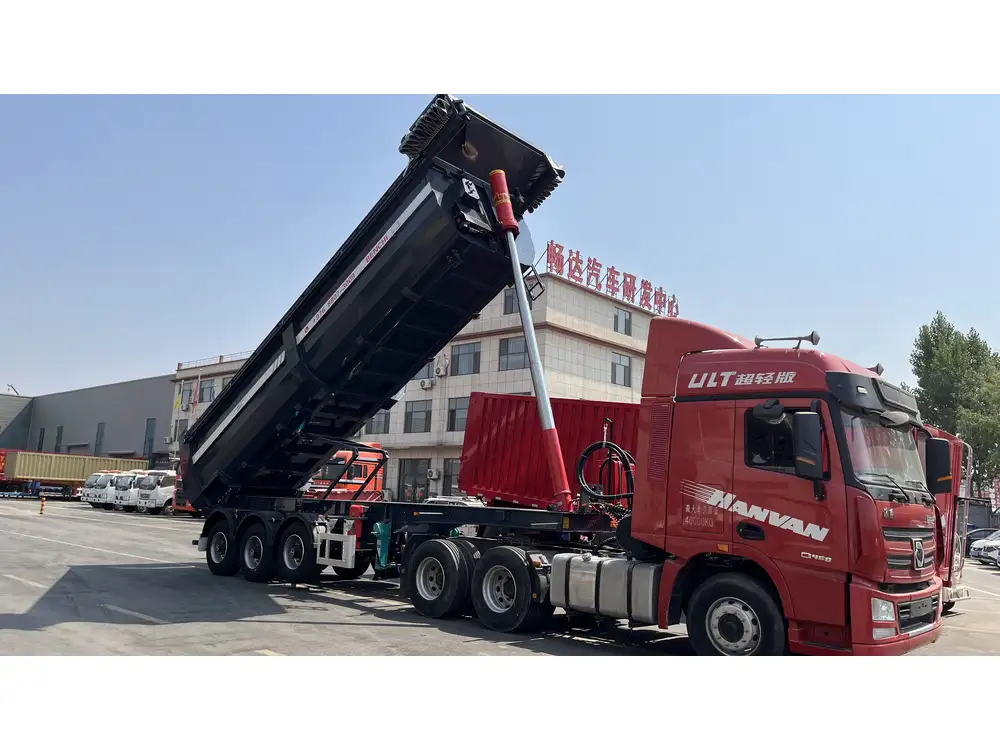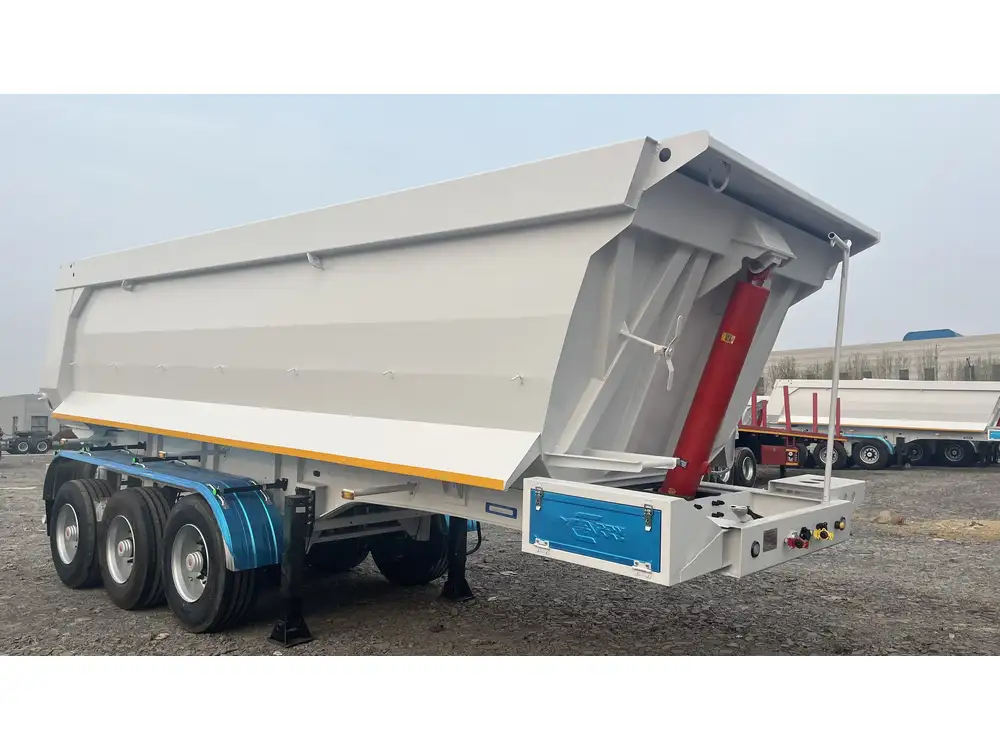In the realm of outdoor activities, especially camping and road-tripping, the efficient use of trailer dump stations is a pivotal skill for every traveler towing a semi-trailer. Understanding how to navigate these facilities can enhance your trip, ensuring you maintain hygiene while optimizing your trailer’s functionality. This guide aims to provide a systematic approach to using trailer dump stations effectively, addressing common challenges and offering practical tips.
What is a Trailer Dump Station?
A trailer dump station is a designated area where travelers can dispose of waste from their trailers. These facilities are crucial for maintaining sanitation in camping grounds and highways, providing a safe means to empty holding tanks containing human waste and grey water from sinks and showers. Understanding how these stations work can lead to more enjoyable excursions.
Key Features of a Trailer Dump Station:
| Feature | Description |
|---|---|
| Waste Sump | A ground-level basin that collects waste from your trailer’s holding tank. |
| Freshwater Source | Available for rinsing out hoses and tanks after disposal. |
| Dumping Equipment | Typically includes a secure, ground-mounted hose attachment for effective dumping. |
| Disposal Regulations | Stations follow local health regulations, providing guidelines for users. |

Steps to Properly Use a Trailer Dump Station
Utilizing a trailer dump station is straightforward, yet it requires attention to detail and adherence to proper sanitation practices. Below, we outline each step in the process:
1. Preparation Before Arrival
Before heading to the dump station, ensure you carry all necessary equipment. A well-prepared traveler will streamline the dumping process.
Essential Equipment Checklist:
- Waste Hose: Ensure it’s long enough to reach the dump station’s connection point.
- Adapters: Bring universal hose adapters in case the station’s fittings do not match your hose.
- Gloves: Use disposable gloves to uphold hygiene standards.
- Rinse Water Container: Optional, but helpful for cleaning hoses post-dump.
- Liquid Waste Treatment Chemicals: For maintaining tank health and odor control.

2. Arriving at the Dump Station
Upon arrival, look for designated signs and ensure that you adhere to any posted regulations. Take note of the layout—this information can save time and prevent mishaps.
Parking Considerations:
- Position Your Trailer: Park your trailer as close as possible to the dump station without blocking access for others.
- Safety First: Ensure the area is clear, and be cautious of nearby traffic.
3. Setting Up for Dumping
Once parked, it’s time to prepare the equipment. Always follow the sequence outlined below to ensure a smooth and hygienic process.

Procedure:
- Secure the Waste Hose: Connect your dump hose to the trailer’s waste outlet. Ensure it’s tightly secured to prevent spills.
- Attach to the Dump Station: Position the other end of the hose in the dump station’s sump. Ensure it fits well and won’t come loose during the dump.
4. The Dumping Process
With your equipment ready, you can initiate the dumping process. This step requires a bit of care to avoid any unwarranted mess.
Steps to Dump Waste Safely:
- Open the Waste Valve: Start with the black tank (toilet waste) and open the valve slowly.
- Monitor the Flow: Keep an eye on the waste flow to avoid overfilling the dump station.
- Close the Valve: After the tank is empty, close the valve tightly.

Tips for Efficient Dumping:
- Gravity Assists: Make sure your trailer is level or slightly tilted toward the dump station to assist with gravity drainage.
- Avoid Clogging: Do not attempt to dump a full tank if it has not been treated with water or chemicals—this can lead to clogs.
5. Cleaning and Sanitizing
Post-dumping cleanliness is essential to prevent odors and maintain sanitary conditions during travel.
Cleaning Steps:
- Flush the Hose: Use the rinse station (if available) to clean out the waste hose. Allow water to flow through for a few moments.
- Dispose of Gloves: Remove and discard gloves properly, making sure not to touch any surfaces with your bare hands.
- Rinse Your Hands: Always wash your hands thoroughly after using the dump station. If facilities are unavailable, use hand sanitizer with a high alcohol content.

Best Practices for Using Trailer Dump Stations
Maintaining best practices while using dump stations can prevent complications and promote a more enjoyable camping experience.
1. Respect Facility Guidelines
Every dump station may have specific rules. Whether it’s time limits or disposal methods, honoring these guidelines ensures smooth operations for everyone.
2. Monitor Tank Levels Regularly
Avoid waiting until your tanks are full to seek out a dump station. Regular checks and timely dumping reduce the risks associated with overflows and bad odors.

3. Use Approved Chemicals
To promote healthy tank conditions, utilize chemicals designed for RV waste disposal. These products break down waste and neutralize odors.
4. Plan Your Stops
Before your trip, plan your route with identified dump stations to ensure you don’t encounter a full tank crisis on the road.
Common Issues Faced at Trailer Dump Stations
Even seasoned travelers can encounter challenges when using trailer dump stations. Being prepared for these challenges can ease your experience.

1. Clogged Dump Hoses
How to Address: If you notice difficulties with dumping, check for kinks or clogs in the hose. Sometimes, the use of hot water can help break down any obstructions.
2. Overflows at the Station
Preventative Measures: Avoid additional waste treatments during full tank situations. If the station is full, check for alternative sites or wait for a brief period for it to clear.
3. Inadequate Cleaning Equipment
Solution: Always pack extra cleaning supplies. Versatile tools such as a handheld sprayer can eliminate the need for additional rinse facilities.

Conclusion
Using a trailer dump station is an integral aspect of maintaining a healthy and comfortable travel experience when on the road with a semi-trailer. Through careful preparation, adherence to proper dumping techniques, and efficient cleanliness practices, you can navigate these essential facilities with ease. Whether you’re an avid traveler or a newcomer to the trailer scene, mastering the dump station process ensures not only personal hygiene but also respect for the environment and fellow travelers. Embrace these practices, and transform your next adventure into an exemplary model of effective outdoor management.



